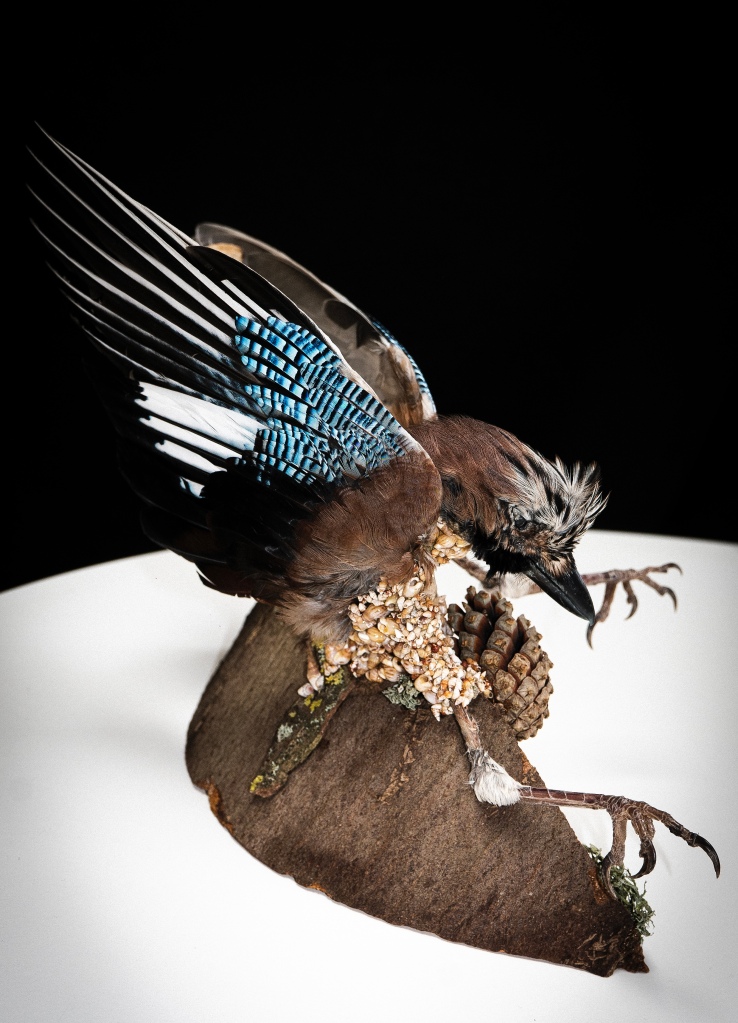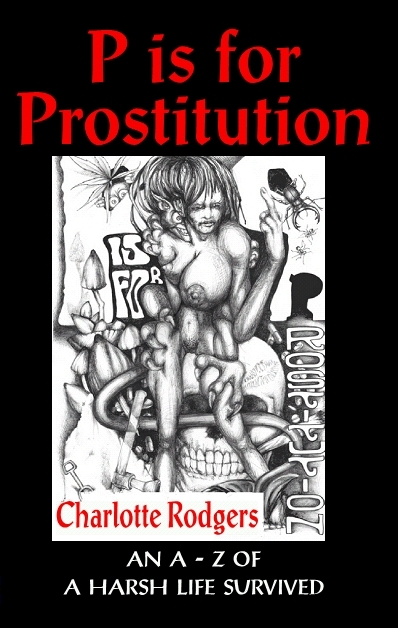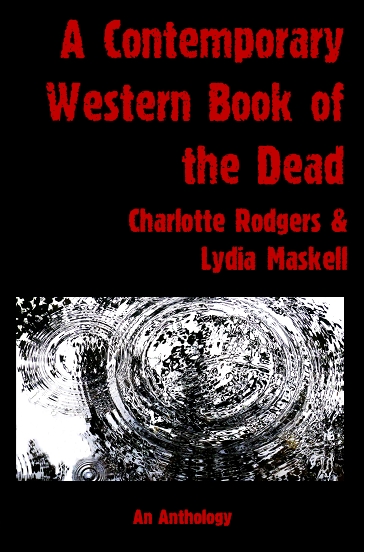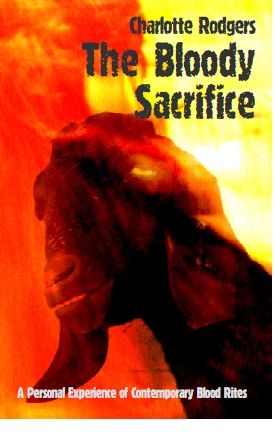
I’ve alluded in various early blogs to my thoughts on animism being the acknowledgement of inherent memory and before I leap into description of my how artwork aligns with this, I thought I would follow a few threads of what I believe memory actually is. In part this is to clarify my own thoughts on the matter and try and order my thoughts and experiences into a more cohesive whole.
I’m aware that like the packrat of ideas and sensations and experiences that I am, I may well have the propensity to burrow into scientific areas which I have not a full understanding of in order to validate my own views and experiences, a technique that can easily go horribly wrong. However I’m just going to roll with this. I suppose one of the reasons I’m writing this up, isn’t just the aforementioned organisation of my ideas but because it is also a means to be open to being challenged, as the dynamic of conversation (or even just possibility of conversation) is a catalyst for insight. This is despite my generally being an obsessive solo thinker who finds a thread and obsessively worries it until it makes sense or reaches a conclusion of sorts.
In earlier blogs I’ve alluded to thoughts that animism is not simply about everything having a life force of sorts, but a memory, and that memory is a two way dynamic in its need for recognition in order to be acknowledged. Obviously any recognition will be coloured by the experiences, culture, and modes of perception of the viewer; consequently becoming a dialogue of constant change and movement.
Now defining memory is tricky as everyone experiences it differently. I have huge periods of my life where I have no memory at all (drug black outs, trauma, whatever) though occasionally have a general ‘knowing’ as to events that occurred in these black spots. This general knowing in itself can be murky terrain as I’ve found that such memories can be deceptive as to who the experience belongs to; in one instance for example, my sister and I had the same memory of an event but both of us experienced it from the perspective of the main protagonist. I was at a conference a few years ago just after we finally came out of a long series of lock downs and many of the attendees were descendants of people who had suffered great trauma, and this memory seemed to have been transferred generationally and been reactively triggered by the pandemic. All of these things I have no doubt are explained by various psychological and psychoanalytical approaches of which I have little knowledge aside from a layman’s understanding of Jung’s theory of collective unconscious, a rabbit hole that is valid to explore but which I’m not going to examine here.
The above could be seen to indicate that as we store memory we also have the ability to share experiences on a deep level, and that access can be triggered by certain stimulus, in the above cases trauma, but also on the basic sensory level of smells, sounds (both big ones for me) texture and visuals.
Scientists can analyse bones and ascertain physical trauma and diet at different times in the life of the deceased and also the eating patterns of the mother during pregnancy and gestation, so here we have examples of memory being stored so deeply that even a lived life and growth and long ago death of the brain cannot negate that stored memory.
So this smidgeon of scientific trivia thrown into the mix indicates an astute scientist with the right vision, sensitivity (and analytical equipment) can to an extent get a general feel for the lived experience of past lives, as could an ordinary human being who opens themselves up to feel memory through bones (moving back to my text that memory isn’t just triggered by actuality but more general sensation) and one would continue this process to animal bones.
In many ways it should be easier to access a non-individual, species related memory from animals because in theory they live more simplistic lives. In my own experience of working with animal remains however, domesticated animals and animals that live in cities and highly human populated zones are muddied in essence in that they pick up on the detritus of humanity. To get to the species memory of say, ‘cat’ it is easier to work with a wild cat than a cat that is overlaid with a domesticated persona (and also of course my perceptions and conditionings of the constitutions of a domesticated persona where ‘cat’ is transformed to ‘Tiddles’ and its associative life).
So let’s move on from bones and more tangible remnants of life to natural items and created objects all of which ostensibly have no memory.
First with natural objects, to start they are items that are formed by nature so have undergone a process, a dynamic of change where they have reacted to environment over a period of time. So, just like bones, memory of its process and the interplay of actions and reactions, is stored in some way. In order to access this, one shuts down your logical mind and allows the imagination to dance with this exchange and feel and experience (and perhaps, as through art, interpret) it.
Moving my examination onto the most ostensibly considered to be inanimate objects; those created by humans often from non-natural materials. This arena is tricky on many levels for the observer as there are often preconditioned reactions that will give greater credence or power to something more visually affecting, so there is a need to awareness of personal conditionings and a consciousness decision to let go of them in order to simply experience feel. Doing this of course brings a risk you will interpret or experience a thing according to the dictates of your imagination and personal bias but does that really matter? Even the most rigorous intellectually based historian will admit that history is as much about those who interpret it as to the event itself and only seriously considers the experiences that leave tangible traces, which obviously leaves huge holes in any transcription. In this case, simply admitting that life and experiences exist in everything is part of a clumsy journey of understanding reality in a huge and constantly moving multi-layered reality where everything is in constant motion.
Years ago I met the antiques dealer Oliver Hoare, a man who worked with an eclectic range of objects some of which had immense age, value and cultural importance. We discussed the finding and recognition of these archaic remnants and he concurred that it was the feel of the items rather than the visuals that alerted him to their presence, a technique I’ve used myself when rummaging in markets and charity shops and very much about switching off your conscious mind, and relying on your intuition and subtle awareness of that aspect of animating life force that we share with all facets of existence.
Whilst I’ll admit that past drug use may have been an asset in my ability to switch off my more conscious mind, I’ll also counter that I have always naturally experienced reality as a dynamic of living movement clamouring to be acknowledged and have strong childhood memories of seeing nature and particularly bones as actively moving light, occurrences that adulthood attempted to condition from me as youthful delusion.
I will conclude with the thought that the empathy such an understanding of reality brings with it is magical, creative and constructive and can only be a positive thing. In this world, lack of empathy, is an egocentric isolationist policy and a characteristic that brings with it much of humanity’s destruction and sorrow.



